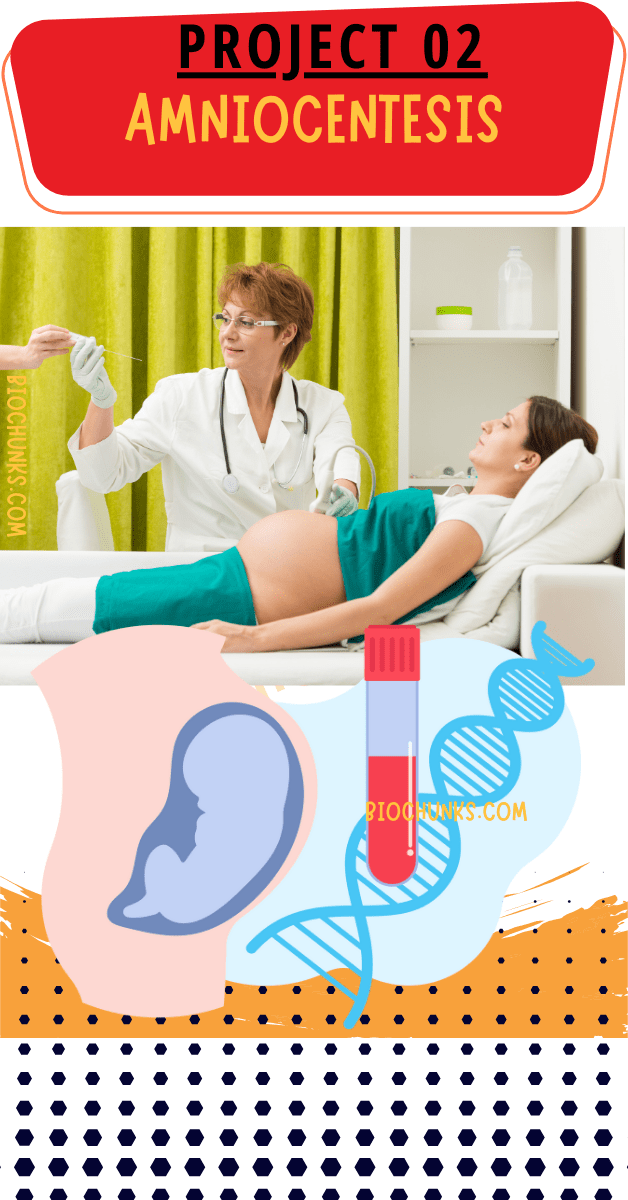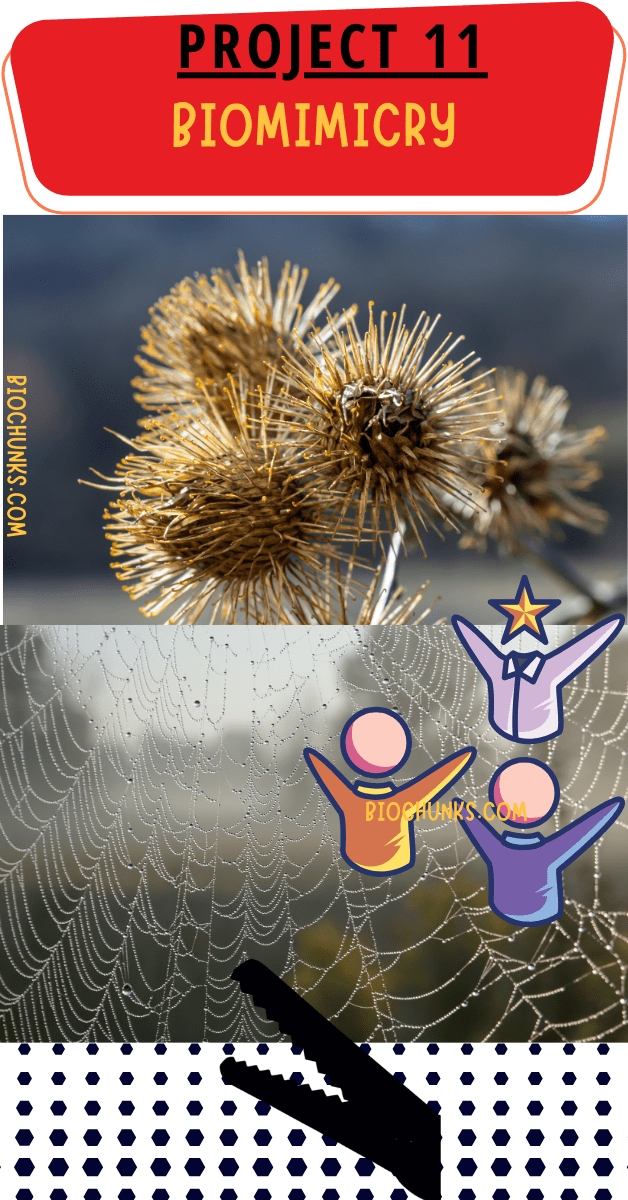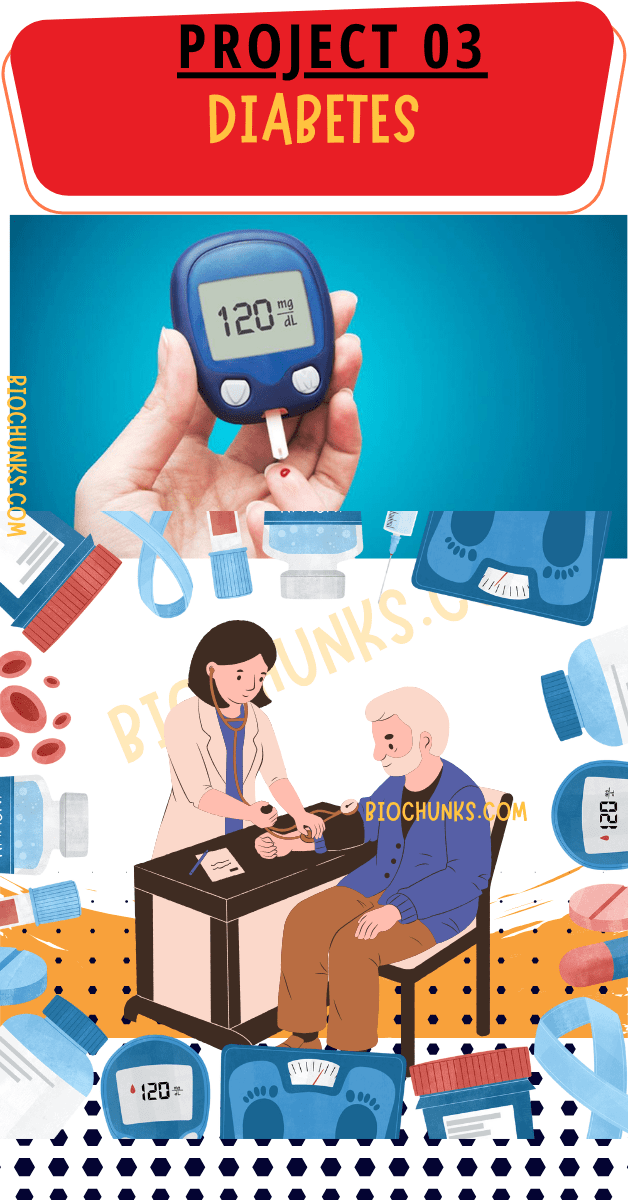Table of Contents (tap to open/close)
OBJECTIVE
To grasp the fundamental concepts of blood grouping and categorize blood based on inherited differences in antigens present on the surface of red blood cells.
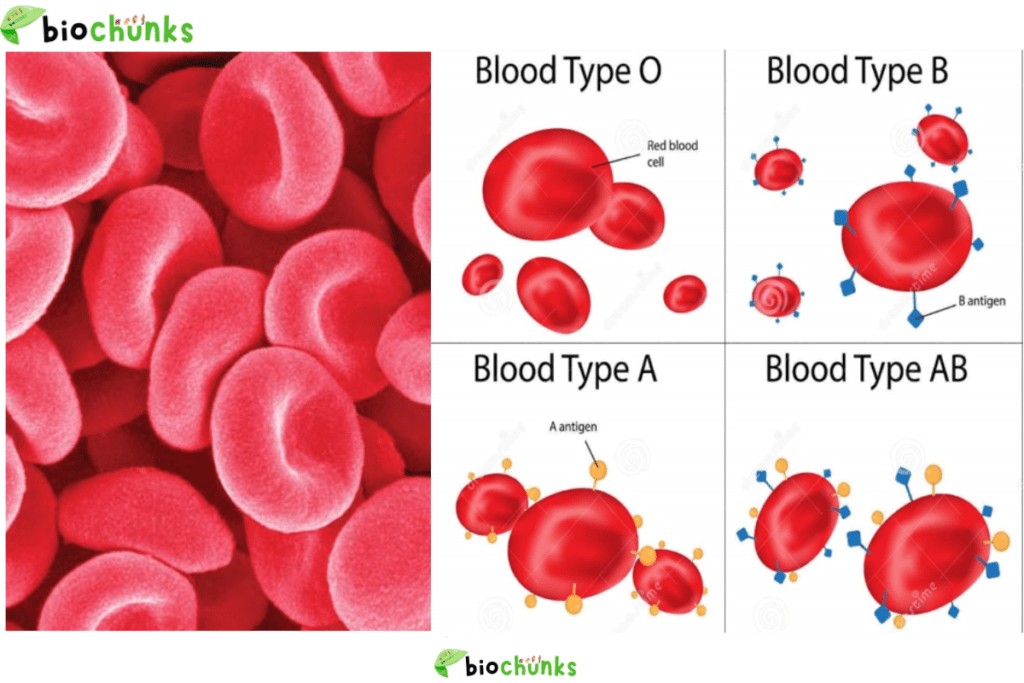
MATERIALS REQUIRED
- Monoclonal Antibodies (Anti-A, Anti-B, and Anti-D)
- Clean glass slide
- Sterile needles
- Alcohol swabs
- Sterile cotton balls
PROCEDURE
- Begin by disinfecting the donor’s fingertip using alcohol and a cotton ball.
- Press the fingertip firmly and gently extract a drop of blood using a needle.
- Place three separate drops of blood on a clean glass slide.
- Add Anti-A, Anti-B, and Anti-D antibodies to each of the respective blood drops.
- Observe the coagulation reaction in each sample.
- Determine the blood group based on the observed coagulation patterns.
PRINCIPLE OF BLOOD GROUPING
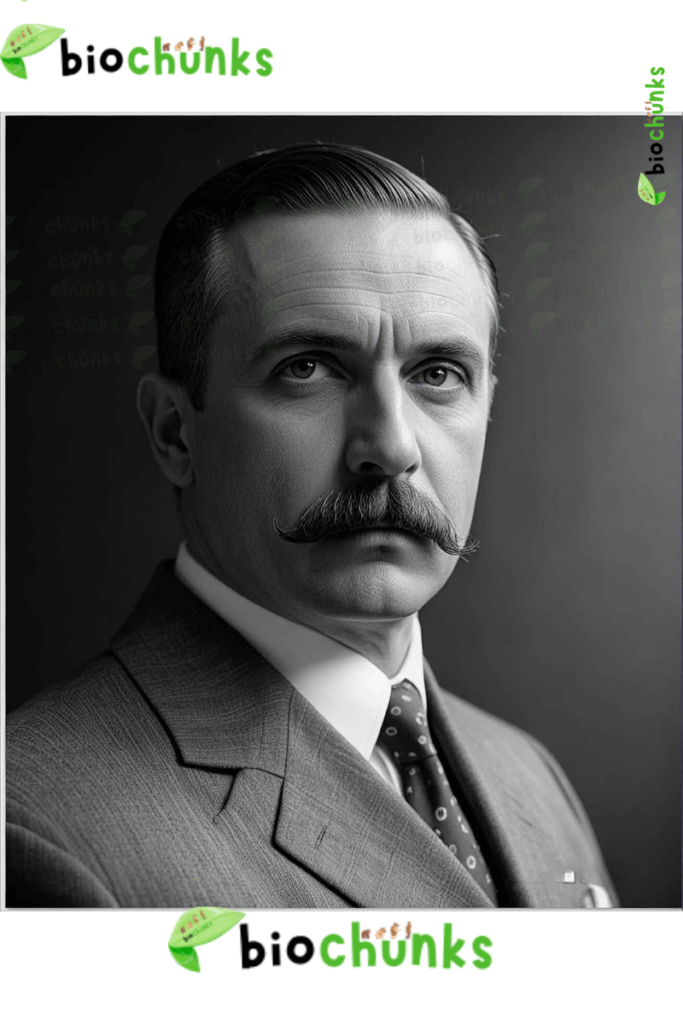
- In 1901, Karl Landsteiner, an Austrian-American immunologist, discovered human blood groups.
- His research laid the groundwork for safe blood transfusions. He was awarded the Nobel Prize in Physiology or Medicine in 1930 for this pivotal discovery.
- Landsteiner identified three main blood groups—A, B, and O—and a fourth, AB, was discovered shortly afterward.
- Various other blood groups, such as Diego, Lutheran, Duffy, and Kidd, were recognized later. Thanks to reliable Rhesus (Rh) grouping tests, transfusion reactions have become rare.
THE ROLE OF ANTIBODIES
Antibodies are a part of plasma proteins known as immunoglobulins, classified based on their molecular properties. The most common antibodies found in blood group reactions are part of the immunoglobulin G (IgG) or immunoglobulin M (IgM) classes, with occasional immunoglobulin A (IgA) specificity. Some antibodies naturally occur without prior exposure to corresponding red cell antigens, such as anti-A antibodies found in people with blood group B and vice versa.
THE ROLE OF ANTIGENS
Red blood cells contain specific antigens on their surfaces, determining an individual’s blood group. The corresponding antibodies can react with antigen sites on another type of red blood cells. The antigens found in the Rh and ABO systems are highly immunogenic, while others, like Kidd and Duffy, are weaker. Blood group antigens are not limited to red cells; the antigens from the ABO system can also be found in various tissues such as the gastrointestinal tract and blood vessels.
| Blood Group | Antigen on RBCs | Antibody in Plasma |
|---|---|---|
| A | A | Anti-B |
| B | B | Anti-A |
| AB | A and B | None |
| O | None | Anti-A and Anti-B |
Explanation:
- Blood group A: Contains A antigen on RBCs and anti-B antibodies in plasma.
- Blood group B: Contains B antigen on RBCs and anti-A antibodies in plasma.
- Blood group AB: Contains both A and B antigens, with no antibodies in plasma. AB individuals are known as universal recipients.
- Blood group O: Has no antigens on RBCs but contains both anti-A and anti-B antibodies. O group individuals are known as universal donors.
CHEMISTRY OF BLOOD GROUP SUBSTANCES
The chemical structure of several blood groups has been identified, along with the genetic code responsible for synthesizing the antigens. Blood group antigens reside on glycolipid and glycoprotein molecules on the red cell membrane, with the carbohydrate chains exposed on the outer surface carrying the ABO, Ii, and P antigens.
ABO BLOOD GROUP SYSTEM
The ABO blood grouping system classifies blood based on the presence or absence of two surface antigens, A and B. Corresponding antibodies in plasma are naturally present in individuals who lack the respective antigens. The distribution of antigens and antibodies defines the four blood groups: A, B, AB, and O.
- Blood Group A: Individuals have A antigens on their red cells and B antibodies in their plasma.
- Blood Group B: Individuals have B antigens on their red cells and A antibodies in their plasma.
- Blood Group AB: Individuals have both A and B antigens and no antibodies, making them universal recipients.
- Blood Group O: Individuals have neither A nor B antigens but both antibodies, making them universal donors.
RH BLOOD GROUPING
The Rh antigen, similar to one found in Rhesus monkeys, is present on the red cells of most humans. Individuals with this antigen are classified as Rh-positive, while those without are Rh-negative. Rh-negative individuals can develop antibodies against Rh-positive blood, which is why Rh compatibility is important in blood transfusions.
Here’s a Blood Donation Scheme showing safe blood transfusion modes.
| Blood Group | Can Donate Blood To | Can Receive Blood From |
|---|---|---|
| A+ | A+, AB+ | A+, A-, O+, O- |
| A- | A+, A-, AB+, AB- | A-, O- |
| B+ | B+, AB+ | B+, B-, O+, O- |
| B- | B+, B-, AB+, AB- | B-, O- |
| AB+ | AB+ | All (A+, A-, B+, B-, AB+, AB-, O+, O-) (Universal Recipient) |
| AB- | AB+, AB- | AB-, A-, B-, O- |
| O+ | O+, A+, B+, AB+ | O+, O- |
| O- | All (A+, A-, B+, B-, AB+, AB-, O+, O-) (Universal Donor) | O- |
Key Points:
- O-: Universal donor for all blood types (both ABO and Rh systems).
- AB+: Universal recipient, can receive from any blood type.
- Rh-negative individuals: Can donate to both Rh-positive and Rh-negative recipients but can only receive from Rh-negative donors.
- Rh-positive individuals: Can only donate to Rh-positive recipients but can receive from both Rh-positive and Rh-negative donors of compatible ABO groups.
OBSERVATION
We tested the blood from three different donors, and the results were as follows:
- Coagulation occurred with Anti-A and Anti-B, indicating the blood group is AB negative.
- Coagulation occurred with Anti-A and Anti-D, indicating the blood group is B negative.
- Coagulation occurred with Anti-B and Anti-D, indicating the blood group is A negative.
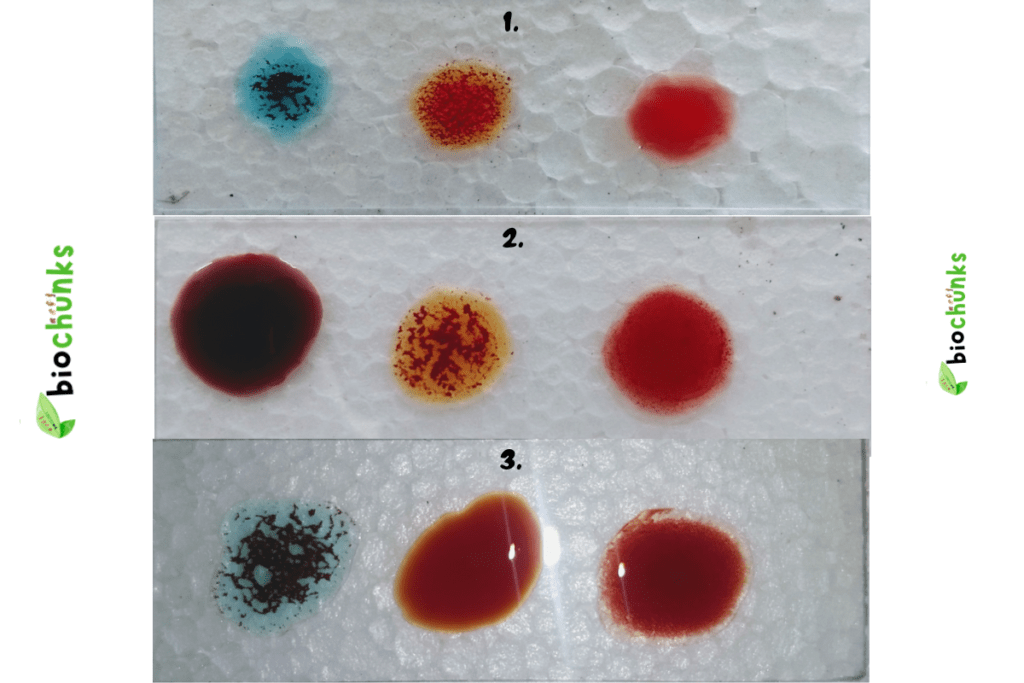
CONCLUSION
Blood groups can be accurately determined by observing coagulation reactions. The findings align with the expected reactions for ABO and Rh groupings.

